So, you've decided to dive into the world of skiing—awesome! But let’s face it, choosing the right gear can feel like solving a puzzle on ice. Traditional skis are exciting but can also be challenging, especially if you’re a beginner. This is where skiboards come in. Let’s take a closer look at why skiboards might just be the best choice to kickstart your ski journey!
What Do Beginners Need from Skis?
Starting anything new, especially something physical like skiing, is always easier with the right equipment. Here’s what beginner skiers typically look for in skis:
1. Stability
New skiers need stable equipment to feel grounded on the snow. A more stable ski keeps you balanced, reducing that nervous wobbling feeling when you’re learning basic movements.
2. Ease of Control
Skiing can feel like an uphill challenge if you’re constantly fighting for control. Skis that allow easy turning and stop-and-go flexibility give beginners the chance to master essential skills without a lot of struggle.
3. Flexible Turning
Making sharp turns with long skis can be a challenge even for intermediate skiers. For beginners, skis that easily glide through turns are ideal since they help new skiers navigate more comfortably, whether on straight paths or gentle curves.
4. Shorter Learning Curve
Learning to ski with the right gear should feel natural, not overly challenging. While traditional skis can be heavy and require a higher level of technique, beginner-friendly equipment reduces the learning curve, letting new skiers get comfortable more quickly.
While traditional skis are great, they often demand a level of coordination and confidence that takes time to develop. Their length, for instance, can be tough to manage for someone who’s still figuring out how to balance. This is where skiboards—a shorter, more beginner-friendly type of ski—make all the difference.
What Are Skiboards?
Sometimes called “snowblades,” skiboards are a hybrid between skis and snowboards. They’re shorter and lighter than typical skis, which makes them easier to control and maneuver. Skiboards generally range from around 65 to 120 centimeters, compared to traditional skis which can start at around 150 centimeters and go much longer.
How Are Skiboards Different from Traditional Skis?
Skiboards aren’t just smaller; they bring a whole new feel to skiing. Think of them as the “inline skates” of the skiing world. Here’s what sets them apart:
Compact Size: The smaller size of skiboards makes it easier to control each movement without feeling like you’re handling a large piece of equipment. This compactness helps new skiers avoid the awkwardness of handling long, heavy skis and lets them feel more agile from day one.
Lighter Weight: Less weight means easier maneuverability. Heavy equipment can make the first few days of skiing feel like a workout, while skiboards are light enough to give you full control without tiring you out.
Better Maneuverability: With skiboards, beginners can make turns, adjust their stance, and stop much more easily than they could with traditional skis. The shorter length allows for quick direction changes and makes skiboards incredibly responsive, which is great for building confidence.
Lower Center of Gravity: Skiboards keep you closer to the ground, which helps with balance. Beginners often find it easier to control their stance and movements with this lower center of gravity.
Why Skiboards are Perfect for Beginners
Wondering why skiboards are considered ideal for beginners? Let’s break it down:
1. Control and Maneuverability
Skiboards are designed for easier control. Their smaller size makes it simpler to manage balance and speed, which are two of the biggest challenges for new skiers. You’ll find that you’re able to make smoother turns and have more control over stops—skills that can feel overwhelming on longer skis.
2. Reduced Intimidation Factor
Long skis can be intimidating, especially for someone just learning. The lighter weight and smaller size of skiboards help you feel less overwhelmed, encouraging you to take on new challenges without the fear of being weighed down by heavy equipment.
3. Confidence Boost
The learning curve with skiboards is shorter, which means you’ll start building confidence sooner. Instead of struggling with balance and turns, you’ll be gliding around with a much higher sense of control.
4. Safer Learning Environment
Because skiboards are easier to control, you’re less likely to face falls due to losing balance or catching an edge. The quick, responsive feel helps you stay upright and safe, making the slopes feel more like a playground and less like an obstacle course.
Recommended Models for Beginners
Not sure which skiboards to start with? Here’s a rundown of Snowfeet’s best options for beginners:
Skiboards 65
These are the shortest option and feel like you’re gliding on ice skates. They’re incredibly easy to control and are great for building confidence. The 65s are perfect if you’re looking for a playful, agile experience—ideal for those who want to feel more “in control” right from the start.
Skiboards 99
With a bit more length, the 99s offer extra stability without sacrificing ease of use. These are excellent for beginners who are comfortable trying slightly bigger slopes and want to experiment with a little more adventure. They still maintain that easy-to-control feel while adding just a bit more support.
Skiboards 120
If you’re ready to push your skills a little further, the 120s strike a nice balance between stability and maneuverability. They’re versatile enough for a range of terrains and let you ease into different types of skiing without being overwhelming.
Beginner Tips for Starting with Skiboards
1. Master Basic Balance
Keep a stable stance with your knees slightly bent and shoulders relaxed. This helps maintain control and absorbs any unexpected bumps in the snow.
2. Practice Stopping
Use the “snowplow” technique to stop. Spread your heels apart and point your toes inward to slow down gradually. With practice, you’ll find this easier and will gain confidence as you go.
3. Poles Optional
You might not need poles at first with skiboards, but if you prefer them, feel free to use them for extra stability.
4. Start on Gentle Slopes
Begin with slopes that are gentle and smooth. Gradually work your way up to steeper terrain as you feel more comfortable and confident in your control.
5. Focus on Your Stance
Stand tall but relaxed, letting your knees and ankles adjust to the terrain. Your posture plays a key role in balance and can make a big difference in how well you control the skiboards.
If you are looking for more tips on how to start with skiboards, check our tutorial:
Have you tried skiboards? Let us know in the comments below!




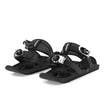
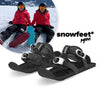





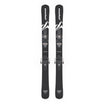

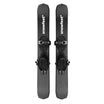




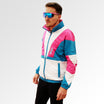

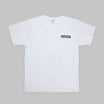



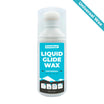


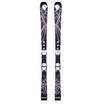












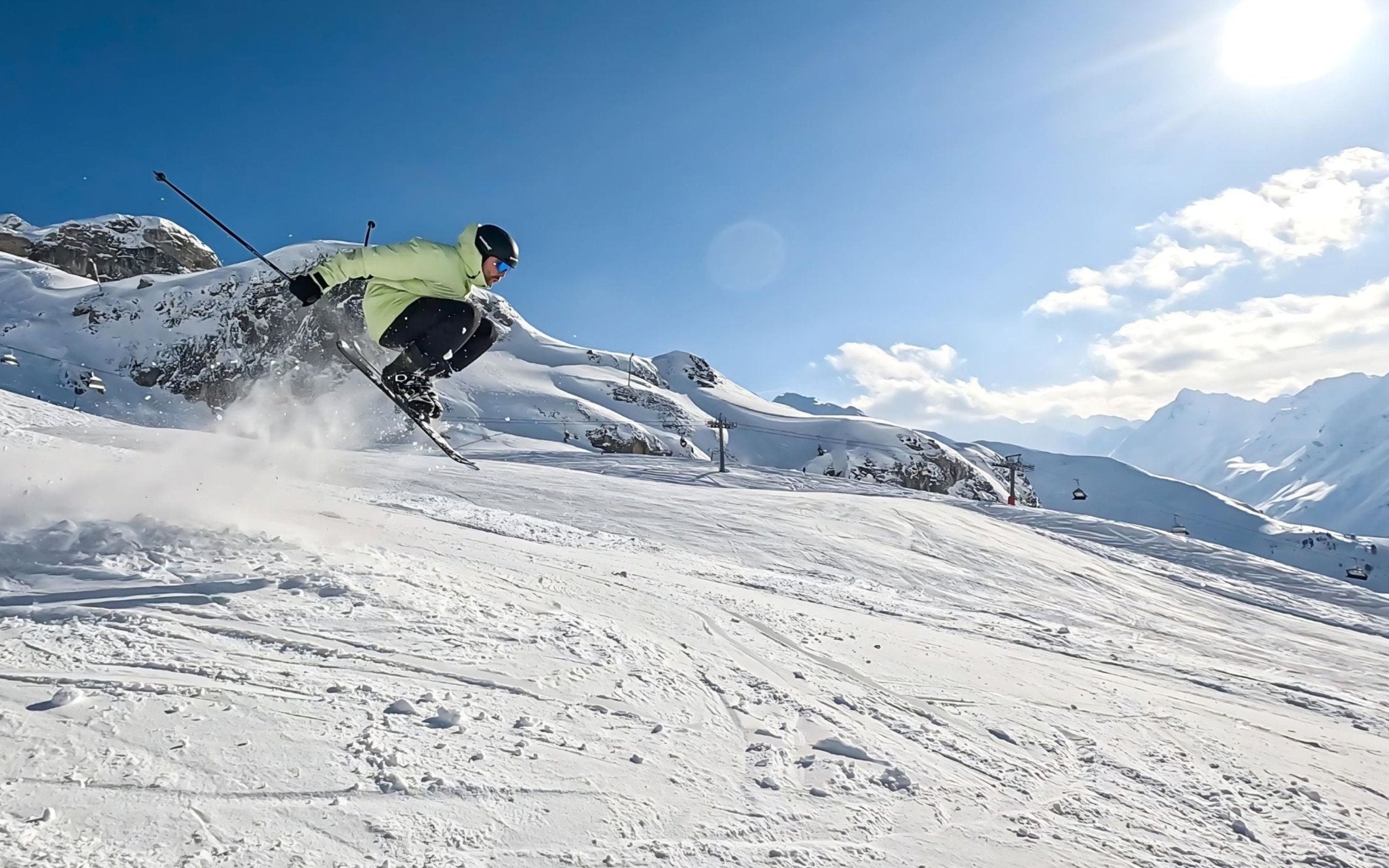


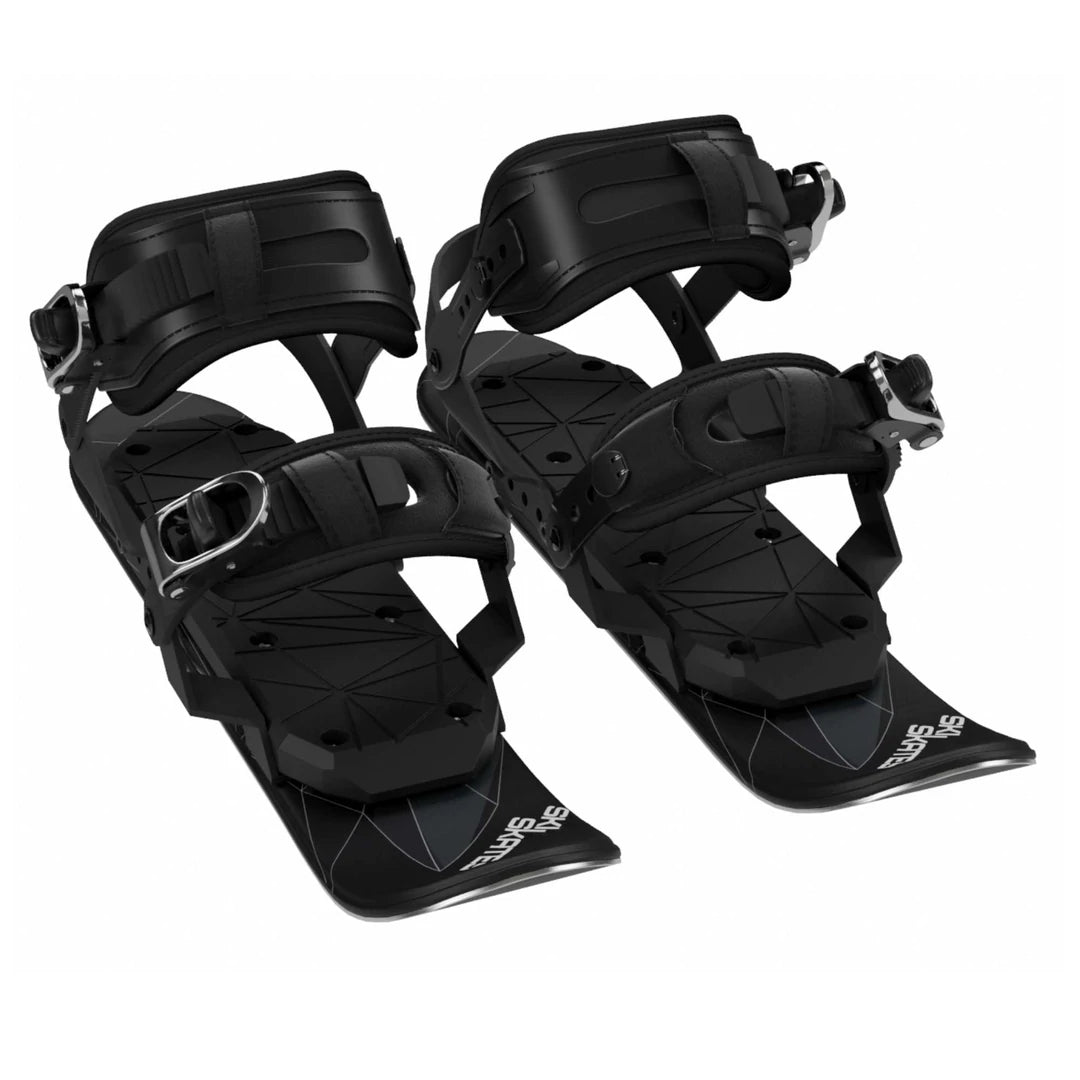
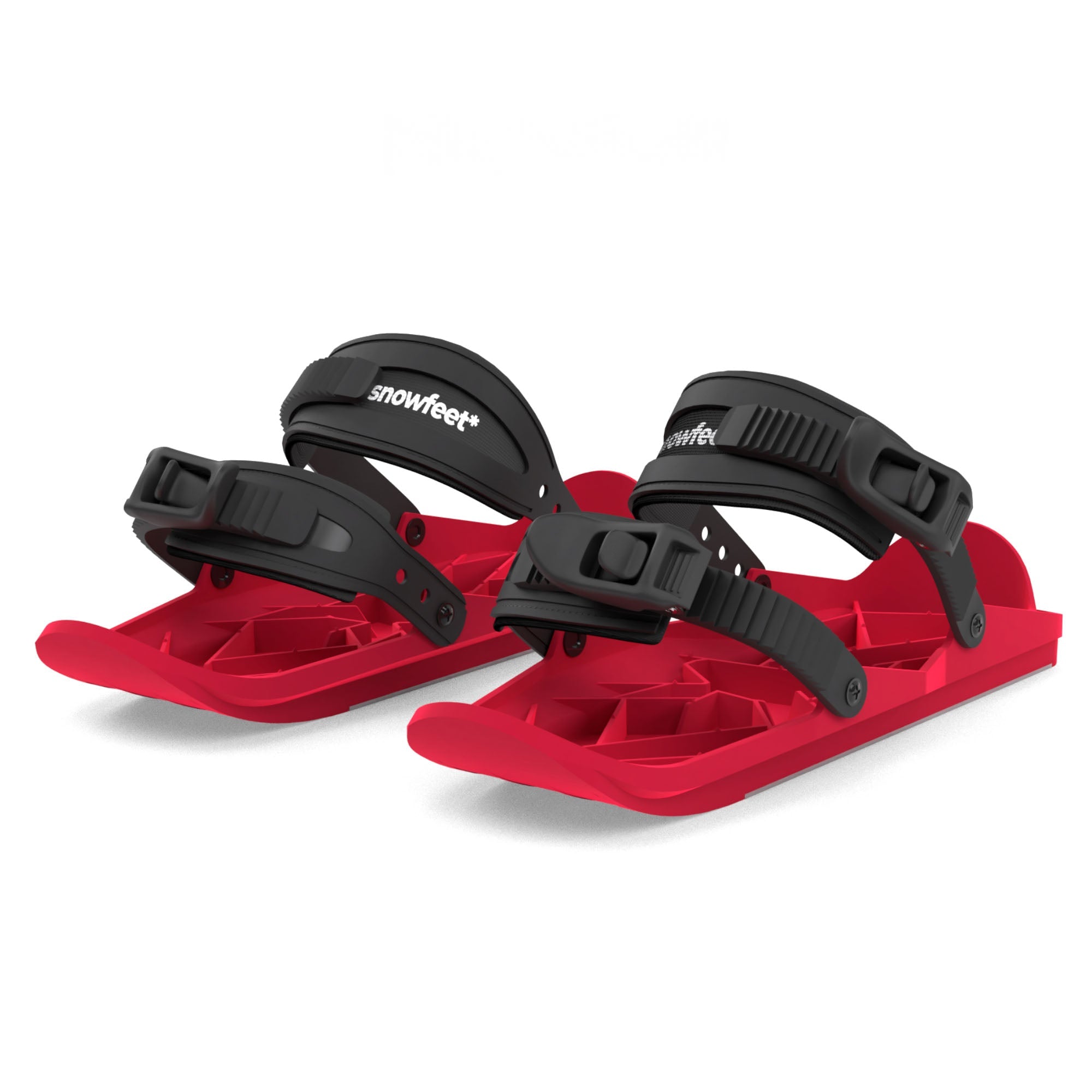











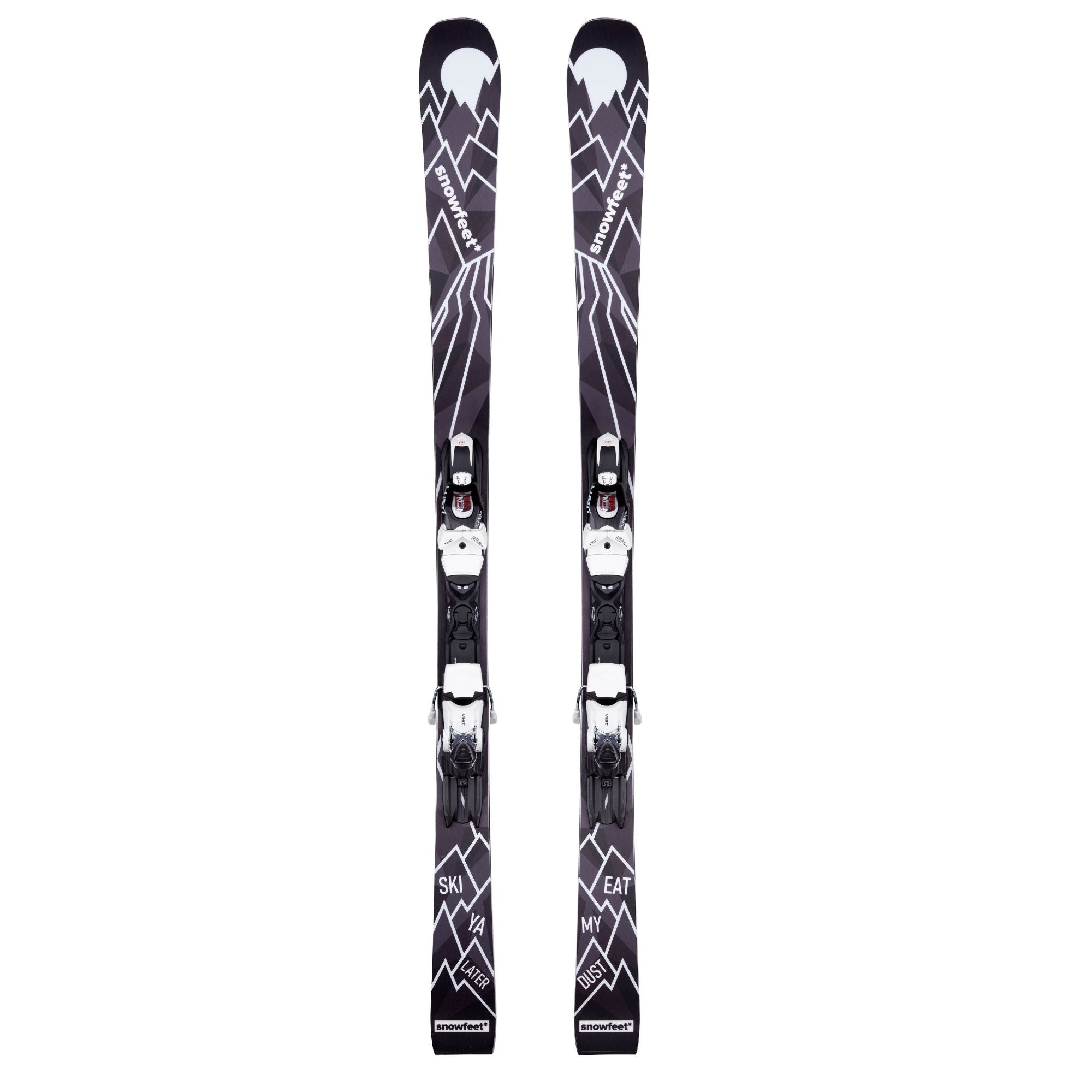

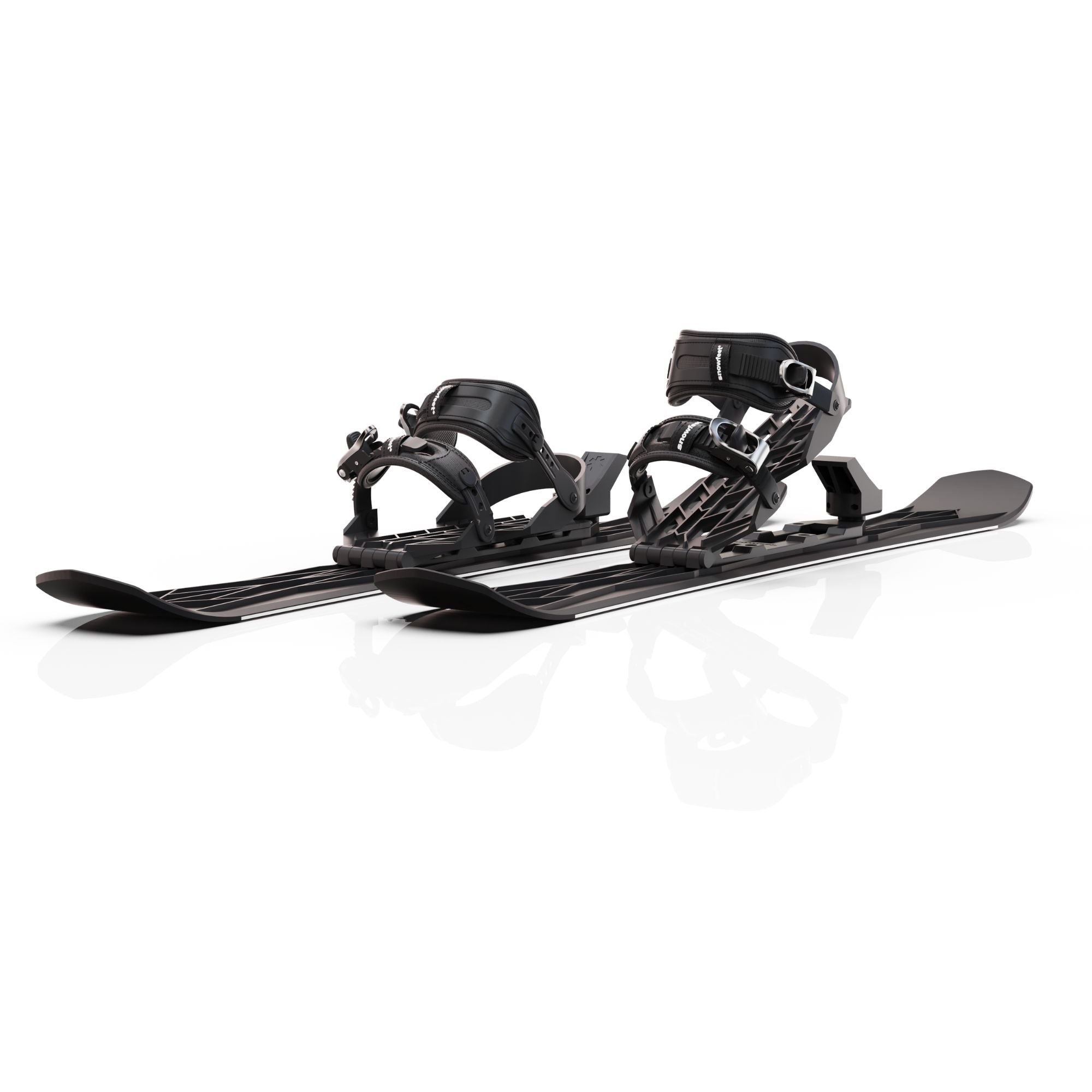


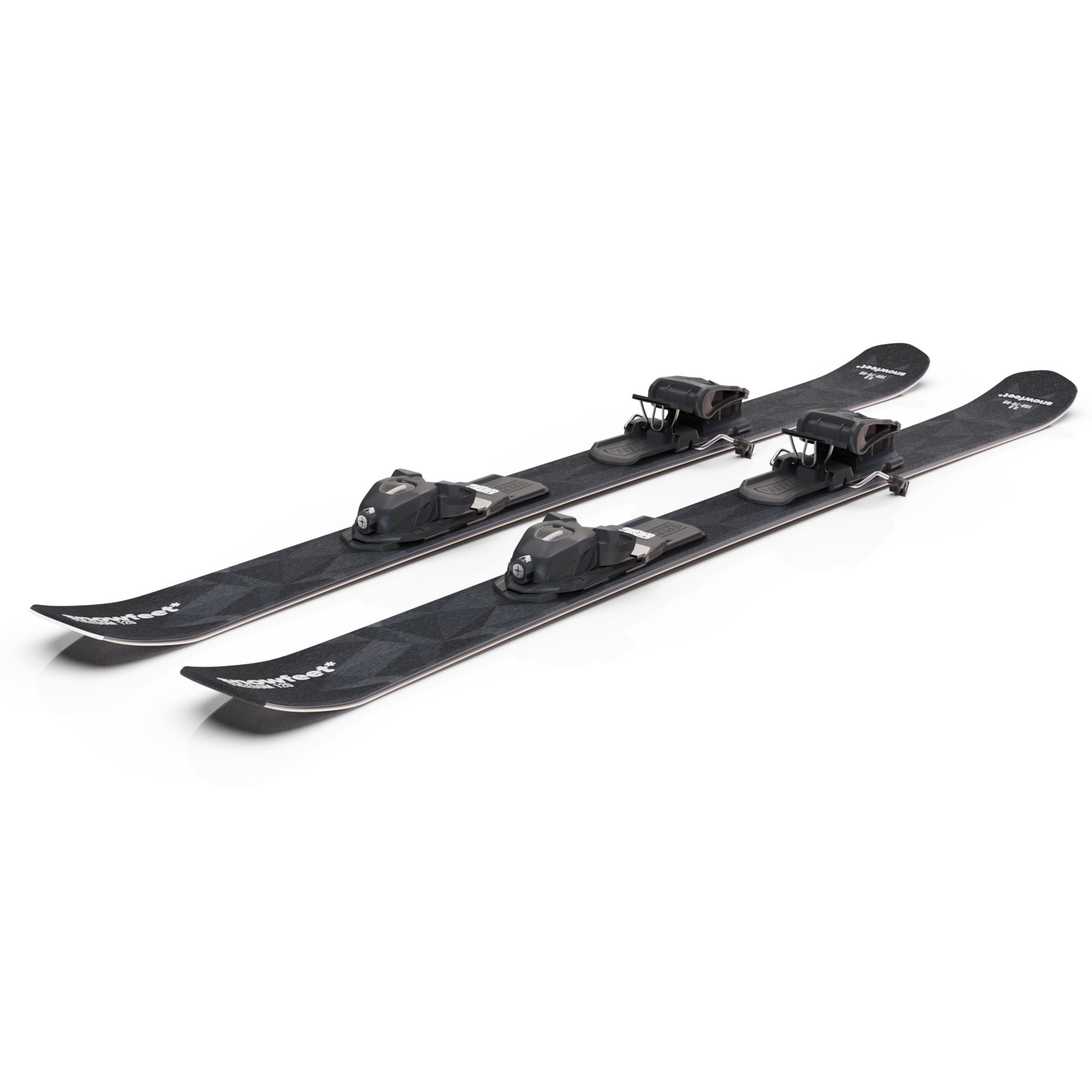

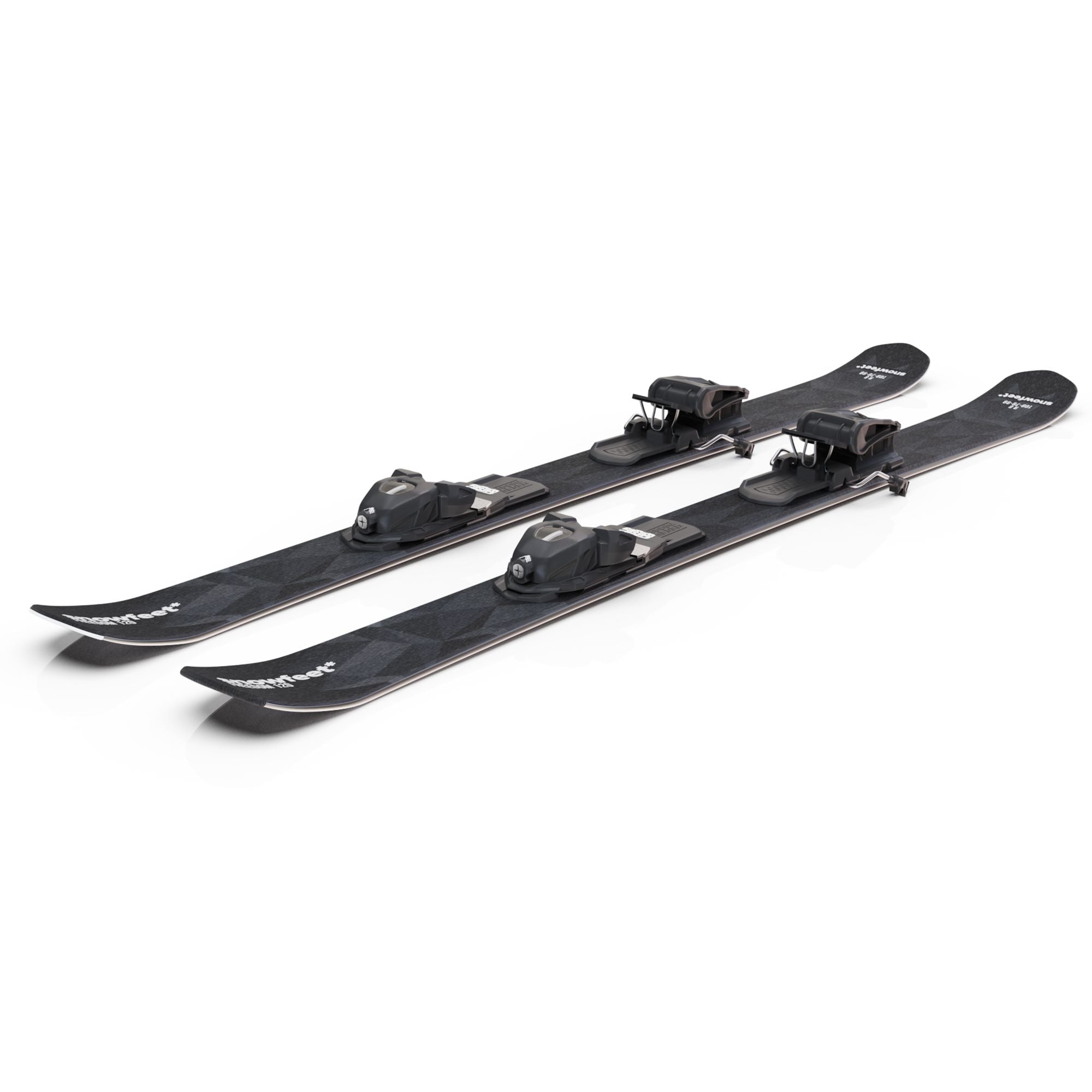
Leave a comment
This site is protected by hCaptcha and the hCaptcha Privacy Policy and Terms of Service apply.